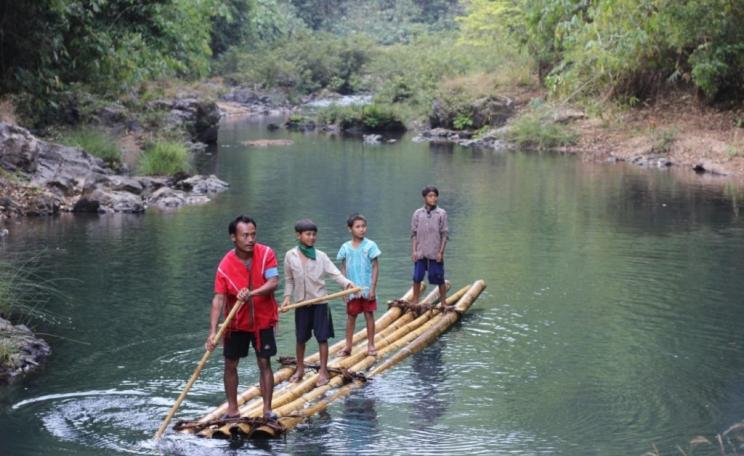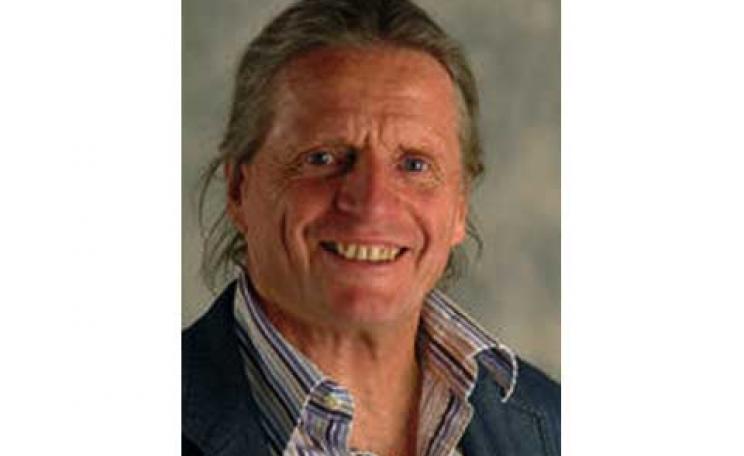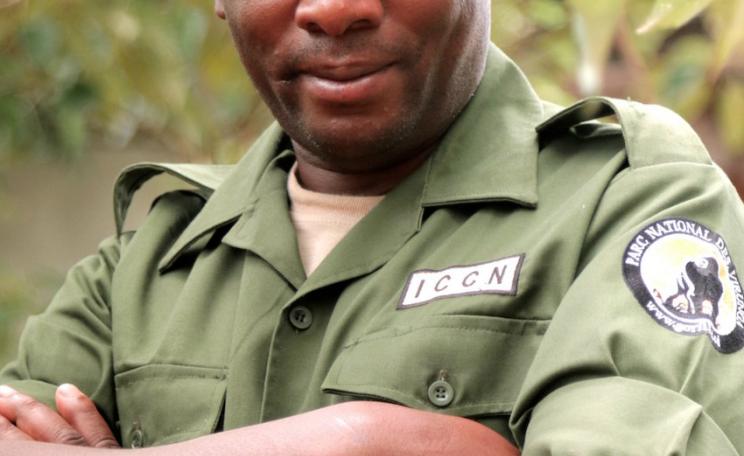I felt it was my duty to protect it, convince and campaign among the tribals, and help them understand what could happen in the future
He has been accused of being anti-development, threatened, kidnapped and jailed, but Prafulla Samantara has never given up. The 65-year-old from Bhubaneswar, Odisha State, India, has made it his life's work to fight injustice by lending a voice to Indigenous communities and small scale farmers. Now he has won the prestigious 2017 Goldman Environmental Prize for Asia for his relentless efforts.
Most notably, he orchestrated the campaigns throughout the decade-long court battle against British mining company Vedanta, which wanted to build a massive open-pit aluminium mine on one of India's holy mountains, which is inhabited by the Dongira Tribe. Considered by some a real-life ‘Avatar story', it culminated in a triumphant Supreme Court ruling in 2013 which stopped the mine's construction.
Samantara says he felt something had to be done as soon as he heard about the plans to mine the Nyamgiri Hills in India's north-eastern Odisha state back in 2004.
"I felt it was my duty to protect it, convince and campaign among the tribals, and help them understand what could happen in the future," says Samantara, who mobilised the indigenous population to stand up to the company.
"Throughout my lifelong career as a social and political activist, I always feel I'm just doing my duty as a citizen of this country," he says.
"I always thought that without the consent of the people and without the participation of the people, no development should take place."
Sacred hills and mesmerising beauty
And there was much at stake: an area of amazing beauty and biodiversity, the densely forested slopes and deep gorges of the Nyamgiri Hills are an important migration corridor for elephants and home to the mighty Bengal tiger. Its more than 100 streams flow down from the peaks toward the Bay of Bengal.
Its rulers are the 8,000-strong Indigenous Dongira Kondh tribe which, together with the Jharania and Kutia tribes, call these hills their home. Far from the hustle and bustle of the rapidly industrialising cities, they live off small plantations on the fertile slopes. "Their habitat is on the upper side of the Nyamgiri Hills. It's very important for their identity, culturally, socially and economically," Samantara says.
Worshippers of the mountain god ‘Niyam Raja' and his sacred hills - including the 4,000-metre-high Mountain of the Law (Niyam Dongar) - the tribes consider the area sacred and it must be protected at all costs, Samantara explains, adding "They live after their own laws, the law of the gods, which is of crucial cultural importance to the Dongira Tribes."
But beneath the ground hides a large bauxite deposit, an aluminium ore, and the companies seeking to extract it weren't going to give up without a fight. It all began in 2004, when the Odisha State Mining Company signed an agreement with UK-based Vedanta Resources to mine bauxite in the hills.
Samantara read about a public hearing to discuss the project in the papers. Having already fought a similar mining project elsewhere, he knew it would also be an environmental threat to the area.
I felt it was my duty to protect it, convince and campaign among the tribals, and help them understand what could happen in the future
The $2 billion open-pit mine would extract more than 70 million tons of bauxite and destroy an estimated 1,660 acres of forest. New roads would be built to reach the mine, making the forest an easy target for loggers and poachers. It could also pollute the water for millions of people, he says. "It's an important water source to non-tribal areas too. The two rivers Bansadhara and Nagaballi are fed with water from these hills. There are 36 natural streams feeding these two rivers."
He knew the tribes had no way of knowing about the plans and set out to tell them. When they didn't believe him, he travelled from village to village across the hills to talk to the leaders. But his opponents were right behind him and he was intimidated, threatened and eventually kidnapped by people he suspects were hired by the mining company.
Victory at last
Determined to carry on, he travelled by train to remote stations, cycling or walking from town to town through the vast forests. Eventually the villagers got behind the cause and Samantara filed a petition with the Supreme Court's panel governing mining activities. There followed rallies and protests, and as the case gained attention, company backers like the Norwegian Pension Fund and the Church of England began to divest funds from Vedanta.
Fast forward to 18 April 2013, and finally, after 12 years of campaigning and court appearances, the Supreme Court issued an historic ruling which empowered local communities to vote on mining projects in their areas. The vote resulted in a unanimous No vote by all 12 tribal village councils - an unprecedented victory which could now help future Indigenous groups protect their land.
But it was not all plain sailing. The miners tried to get a new vote, arguing that some tribes have since changed leaders, but it was stopped by another appeal by Samantara, and the Nyamgiri Hills are now safe in the hands of its inhabitants.
A great victory for all, but not the first time Samantara was involved in protesting injustice.
A lifetime protesting capitalism and commercialisation
Having grown up in a family of farmers in rural Odisha, Samantara has witnessed the area's transformation from tranquil small-scale farmland to an industrialised urban neighbourhood driven by commercial growth. As a student of law and economics, he hoped to help curb the growing social injustice and inequality he saw around him in the seventies, saying: "I was part of these struggles to change the system. It was corrupt and undemocratic."
He was once arrested at a student protest and imprisoned for a year. "There was national emergency in 1975 to 1977. As a student leader I was kept in jail for one year in January 1976 for my protest to the [state of] emergency to protect democratic and fundamental rights of citizens."
A career campaigner, he's had to rely on donations and his wife's income as a geology professor at times. Now a veteran, he believes people are ultimately good, despite all the resistance he's encountered. "I'm always optimistic, because I believe in the power of the people."
As we speak, he's just about to take off to London and then San Francisco for the prize ceremony. But as an advocate for minimum resource usage, he is not wowed by fancy hotels and flair. "Even when I'm offered luxury, I don't enjoy it."
Now, his work continues with campaigns against other mining projects and chemicals used in agriculture. The Odisha State government has given permission for four bauxite mines in the Kodingamali Hills - home to the Parja tribe which depend on the forest for their survival - and Samantara is challenging the project.
So what drives the 65-year-old to carry on? It's all about learning to live alongside nature. "We need to preserve nature for future generations of man and animals," he says.
His message is simple: "We must work for people that are marginalised. In India and other third world countries Indigenous people are marginalised, even though they are the owners of the natural resources, but they are being driven out in the name of development," he says.
"When Indigenous peoples are alienated from nature, that nature is not safe."
The Goldman Environmental Prize
Samantara is one of six winners, one for each of the continental regions, of the Goldman Environmental Prize - aka the Nobel Prize for environmentalists - awarded annually to men and women who take great personal risks to safeguard the environment. It was created in 1989 by civic leaders and philanthropists Richard N. Goldman and his wife, Rhoda H. Goldman. Learn more at www.goldmanprize.org
This Author
Sophie Morlin-Yron is a freelance writer based in London. Follow her on @sophiemyron






